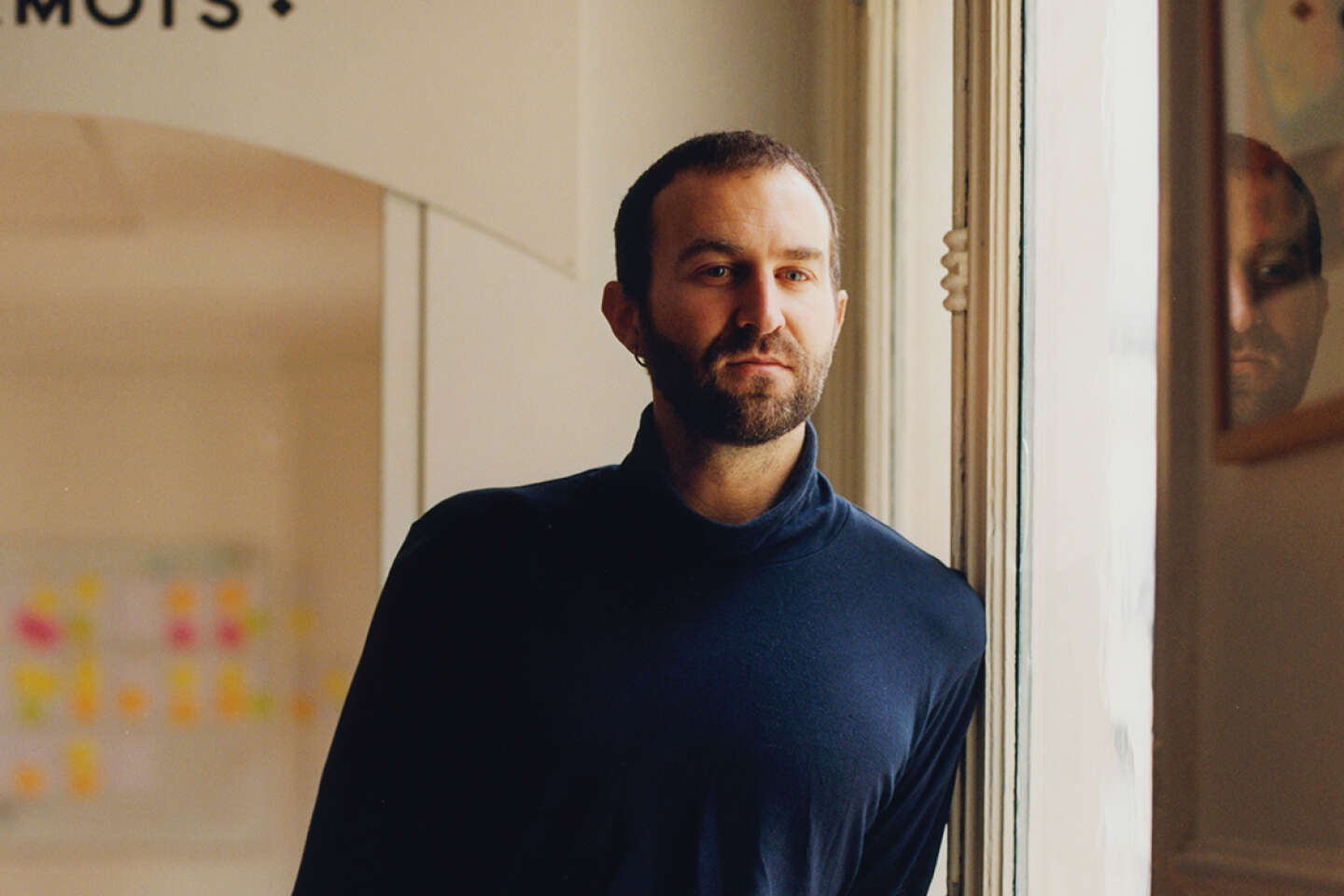Marble bathrooms, high-quality wood panels, high-quality furniture and carpets… The image conveyed by interior architecture is that of a luxurious discipline, greedy for raw materials, generally disconnected from the ecological issues of our time. However, even in this universe, things are changing, and mostly thanks to the new generation of architects and decorators.
Born in 1988, Paul Marchesseau, at the head of Emilieu Studio, questioned the carbon impact of his projects from the beginning, from furniture production to interior design: “The biggest impact on a construction site is the transport of raw materials. I therefore pay attention to the traceability of materials. » It was this question that led him to decorative painting. An old technique that fell into disuse, consisting of beautifying basic surfaces imitating precious materials with the trumpe-l’oeil technique.
When the Camondo school of interior architecture and design, from which Paul Marchesseau graduated in 2013, built its Toulouse branch three years ago, the team called Emilieu Studio to design it. The designer then chose to create modular furniture, on castors, designed with scraps of marine plywood from neighboring shipyards and decorated with patterns imitating local Var minerals by the painter-decorator Pierre-Yves Morel. “I recommend the lie”, claims Paul Marchesseau.

This approach echoes what was passed down to him by his peasant parents, then millers in Deux-Sèvres. “My father’s flour mills and agricultural facilities were mainly built with the carcasses of old factories that we dismantled with scrap dealers. In rural areas, this is quite common. »
Today, this fan of reuse applies the trompe-l’oeil technique to different types of objects, such as these lamps made from the legs of the Lack table, from Ikea. “The challenge is to imagine desirable objects and use decorative arts to show that ecology can be synonymous with beauty,” he said. Quite optimistic about raising awareness, the young designer is happy to cite the example of recycling centers transformed into recycling and resource centers or even Bouygues, which develops warehouses specialized in reuse, through its subsidiary Cyneo.
Pedal to light
In this idea of ennobling what is considered trash, Paul Marchesseau’s first project was a luminous work created from bicycles from the dormant stocks of the City of Paris. Conceived in collaboration with the artist Yann Toma, “Dynamo Fukushima” invited, in 2011, visitors to the Grand Palace to pedal to light giant balloons. An interesting experiment: “Each project is pilot but also very time-consuming. Inventing processes is much more tiring and uncertain than following existing practices. »
You have 17.53% of this article left to read. The rest is reserved for subscribers.

